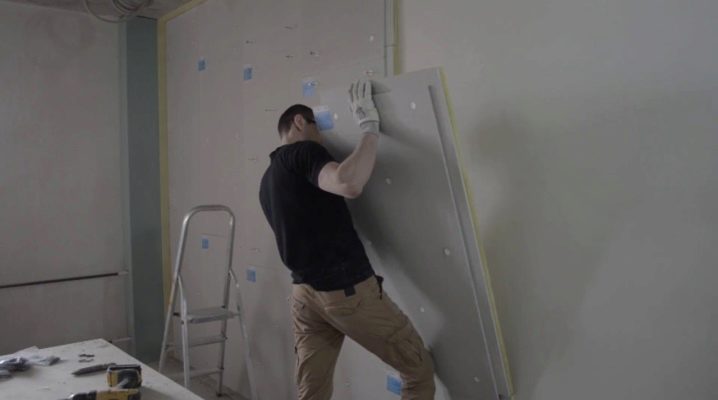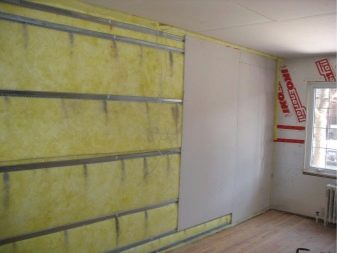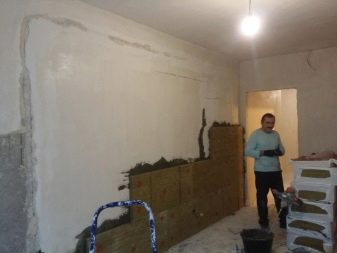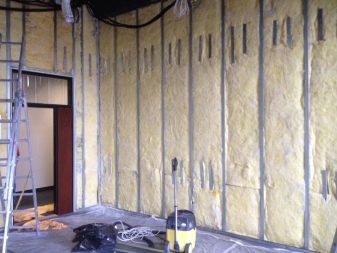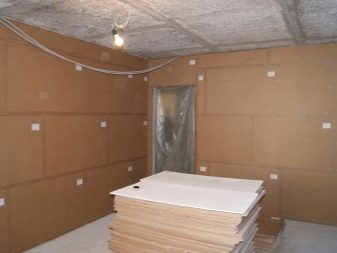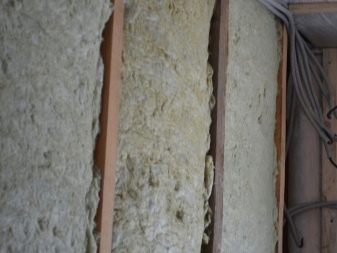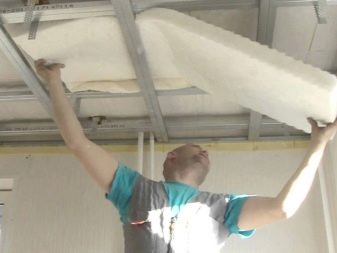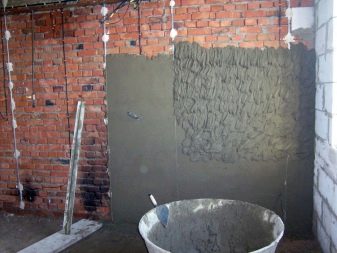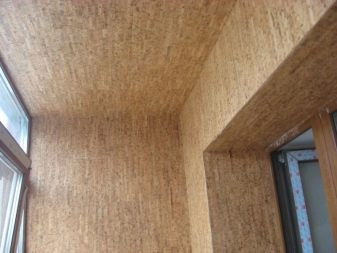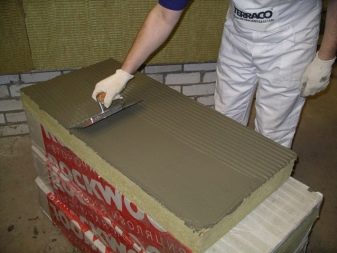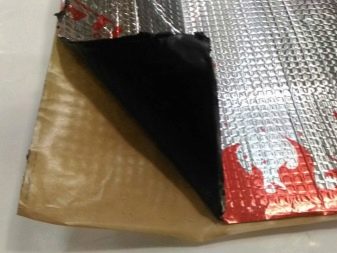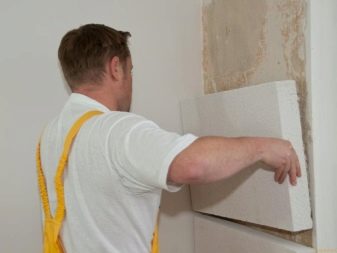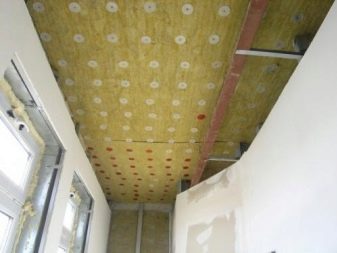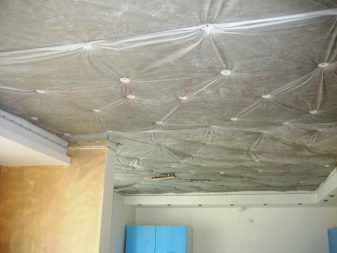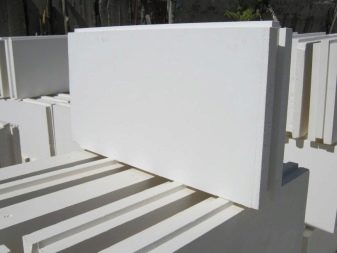Sound insulation under the plaster: the types of materials and their characteristics
Modern housing pleases convenient layout, but its sound insulation leaves much to be desired. Therefore, often in the apartments you can hear extraneous noise emanating from neighboring apartments. Life in such a house can turn into a living hell, because you can not even dream of a peaceful rest in such conditions.
But do not despair. External sounds can be easily eliminated with high-quality soundproofing. Modern materials on the construction market, can reliably protect the walls and the surface of the ceiling from unwanted sounds. Installation of sound insulation is not particularly difficult. For its installation it is only necessary to choose an environmentally friendly material that would meet all fire safety requirements, and to mount it.
Features of materials
The decoration of most apartments is dominated by gypsum plaster. It aligns the surface well and performs the function of a decorative coating, but has low sound insulation. Therefore, in rooms with a thin overlap, it is recommended to carry out additional installation of sound-absorbing materials with a porous and soft structure.
There are several popular options that are suitable for installing noise insulation:
- Slabs of mineral wool and fiberglass. They are characterized by high efficiency, but the thickness of such plates often exceeds 3 cm. In addition, they are mounted in specially prepared frames lined with sheets of drywall. Therefore, choosing this type of silencer, you need to be prepared for the fact that the area of the room decreases.
- Polyurethane panels. They are made from special acoustic foam rubber. Fastening panels is simple. They are “planted” on glue and fixed, leaning against the surface of the ceiling or walls. At the same time, it is not necessary to level the working base, since the thickness of the material often reaches 10 cm.
- Liquid insulation. This option comes in the form of a mixture, which must be applied in a thick layer directly on the plaster.The installation does not require any special finishing, since after the completion of the work, the walls or ceiling must be covered with decorative plates or sheets of drywall.
- Roll and sheet cork. This coating is considered decorative, but due to its special structure and thickness, it can also be used to eliminate extraneous sounds. As a rule, the diameter of the tube reaches 6 mm.
- Panels of soft fiberboard. They are a structure consisting of layers of expanded polystyrene, special waterproofing and reinforcing mesh. The thickness of the layer of filling material can be different (from 1 cm to 10 cm).
- Array fiber blocks. For their manufacture are used only conifers of wood. Soundproofing material is characterized by excellent quality and thickness up to 2.5 cm.
- High density membranes. They have a thin and uniform appearance, conveniently attached to the surface and perfectly absorb noise.
All of the above materials are unique in their own way and have excellent characteristics, so any option can be purchased for the installation of a sound insulation system.
How to choose
Having decided to protect their apartment from outside noise, many are beginning to wonderwhat exactly needs to be done to install reliable sound insulation. The choice of material, as a rule, depends on the area and shape of the room.
If the room is small, it is undesirable to isolate it from extraneous sounds using thick panels or blocks.
To choose a building material that is ideally suited for this purpose, you need to consider not only the size of the room. It should be borne in mind that insulation depends on the density and thickness of the protective fences. Therefore, the surface of walls and ceilings that have previously been veneered with plaster must be covered with a material that can reflect sound. As a rule, panels and plates with a granular, cellular or fibrous structure possess these characteristics.
Masters recommend to give preference to the installation of complex structures consisting of several layers of sound absorber. In addition, it is desirable to acquire a fibrous and porous material. Excellent results can also be obtained from the combination of drywall sheets with special panels.
Recently, many affordable materials have appeared on the market, the external data of which are completely identical to expanded polystyrene and foam plastic.But, as practice shows, their ability to absorb sound is low, so they are not suitable for the above purpose.
When choosing a material for sound insulation, it is important to carefully study its characteristics., operational properties, environmental friendliness, fire safety. Only in this case, your purchase will be successful.
On the types of sound insulation, see the following video.
